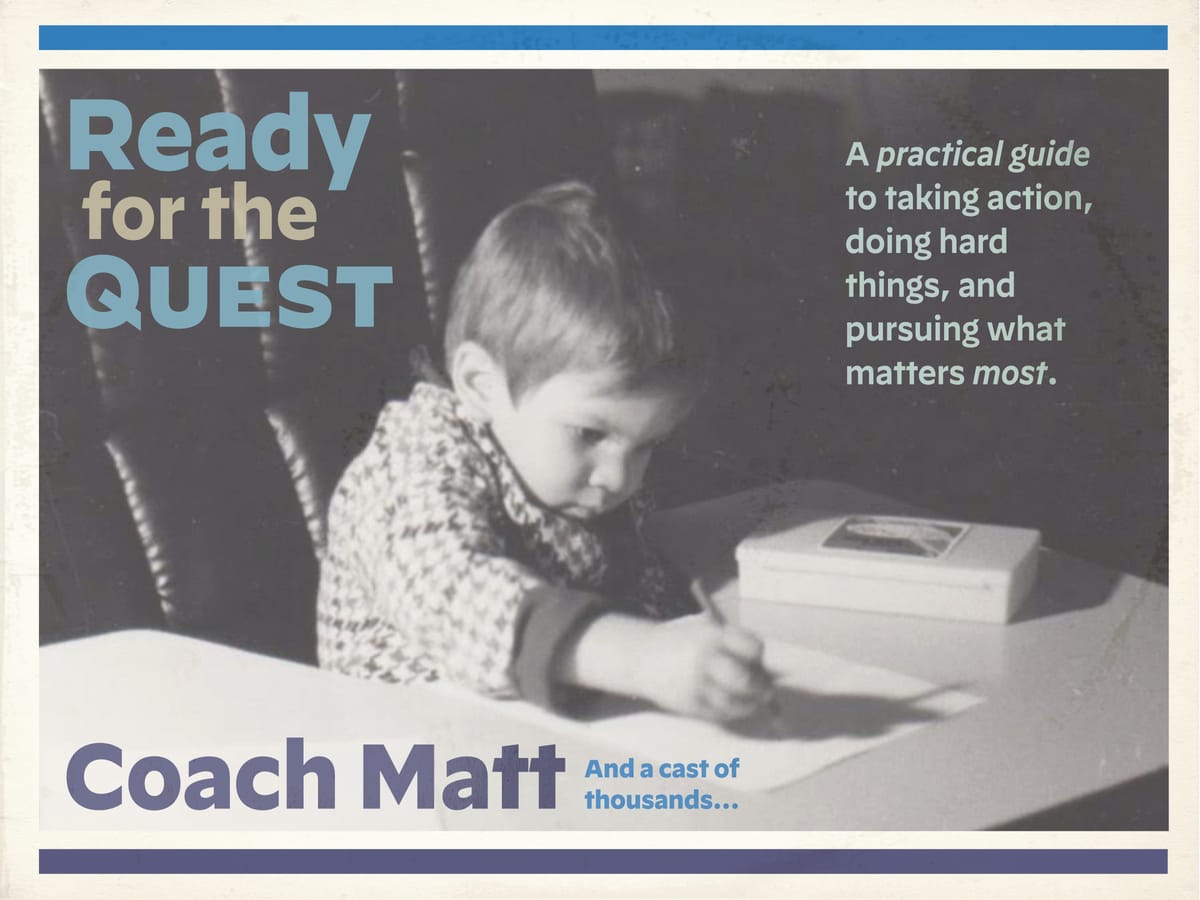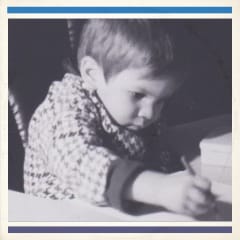Ready for the Quest
NOTES // Chapter Five
00:22 // "At first, there was no feeling..."
That's my old friend Ben Jones, reading a Miles Davis quotation from the book Miles Beyond by Paul Tingen. Miles is another artist whose artistic ethos has deeply inspired me. (His track record as human being, however, was pretty awful.)
Tingen's book is incredible. It "remains the only book that contains an in-depth exploration and analysis of Miles Davis’ entire electric period ... particularly of the 1970-75 era, which had been almost forgotten." It not only changed my relationship with Miles' music; reading it changed the way I hear all music and led to a lot of my musical explorations in the years since.
In case you've never heard any of Miles' electric stuff, here's something you might wanna experience →
Fun Fact: My review (from Amazon dot com) used to be featured on the book's website. But then all these folks like Bill Frisell, Ted Leventhal, and Ken Wilber showed up. Alas.
I have a very fond memory of Ben Jones and I spontaneously rapping "Bring the Noise" together while crawling around on the grid in the Studio One theater together. My wife, who was standing on stage at the time and could us, says that was the moment she knew that Ben and I were meant to be together.
3:07 // "A long story that started millions of years ago..."
This evolutionary story of our brains in an amalgamation of all sorts of research, sourced from many places, including:
- the previously mentioned work of Dr. Rick Hanson, especially Hardwired for Happiness
- Brain Rules by John Medina
- Instinct by Dr. Rebecca Heiss
- various talks from Dr. Kelly Starrett
- The Talent Code by Daniel Coyle
- Why Buddhism Is True by Robert Wright
It's also worth nothing that a lot of the arrangement of this text was originally created for Remain In Light, which was (as of this writing) my last creation for Available Light Theatre. (I'm going to talk a lot more about that in the next chapter, so that's all I'll say for now.)
5:12 // "Most of us don't face threats to our survival..."
Here's some really wonderful writing from Robert Wright's mind-altering and hilarious book – Why Buddhism Is True – that I ended up cutting from the recording.
... the human brain was designed – by natural selection – to mis-lead us, even enslave us... Ultimately, natural selection only cares about one thing... And that one thing is getting genes into the next generation... And the traits that have survived include mental traits – structures and algorithms that are built into the brain and shape our everyday experience.
So if you ask the question, "What kinds of perceptions and thoughts and feelings guide us through life each day?" the answer is not "The kinds of thoughts and feelings and perceptions that give us an accurate picture of reality." No, at the most basic level the answer is "The kinds of thoughts and feelings and perceptions that helped our ancestors get genes into the next generation."
Whether those thoughts and feelings and perceptions give us a true view of reality is, strictly speaking, beside the point. As a result, they sometimes don't. Our brains are design, among other things, to delude us.
5:00 // 🎵 music
WOW. I honestly forgot, until just now, that I did this.
So – this music is a slowed-down arrangement of "Terra's Theme" (composed by the legendary Nobuo Uematsu) from Final Fantasy VI (1994.)
The making of the music for Ready for the Quest is largely a blur. I did so much of it in the early mornings or very late at night, and in such a deep state of flow, that I'm still finding surprises that I left for myself.
7:25 // "Fear is normal, it's natural..."
I'm reminded here of a recent episode of the Being Well podcast, which features Forrest Hanson (Dr. Rick's son.)
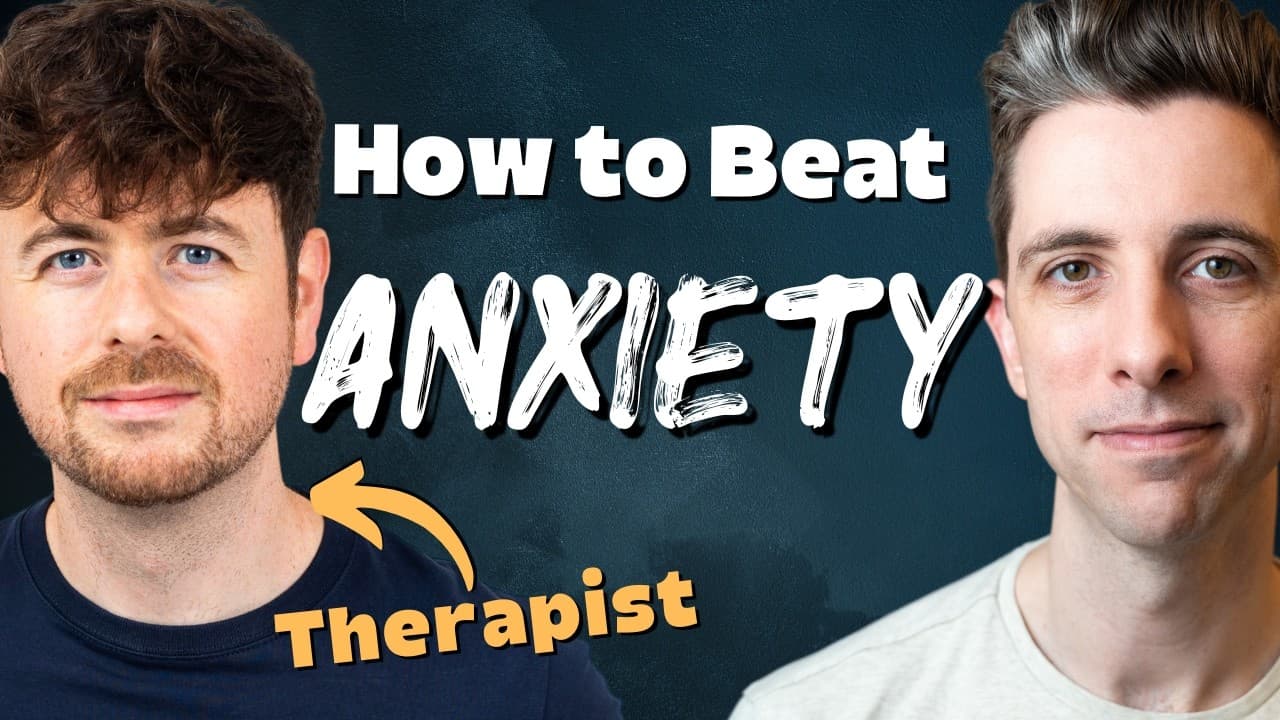
On this episode they talk about anxiety →
The feeling of anxiety, when it boils up in the body, then causes us to look for something to be worried about in the outside world. Rather than taking outside information and turning it into a feeling, we're taking a feeling and we're turning it into how we're viewing the world around us.
And that's the difference between fear – which is a useful emotion and a reasonable response to reality – and unregulated anxiety, which starts with the feeling and looks for something to fear.
8:42 // "You have to be a pud..."
That's Dave Wallingford AKA Savage Dave AKA Easy D quoting Coach Christopher Sommer, former US national team gymnastics coach and the founder of Gymnastic Bodies. I heard this funny, little proverb on The Tim Ferriss show in 2016.

22:13 // "Brené Brown's very first episode..."
As Brené says →
I think for all of us, being new at something is incredibly vulnerable. Even when we’re excited and committed and we’re like, “I’m going to do this. I’m going to try this new thing,” the awkward, uncomfortable time comes right after the excitement and it feels awful. And I can tell you if the definition of vulnerability is uncertainty, risk, and emotional exposure, then being new at something is the epitome of vulnerability.
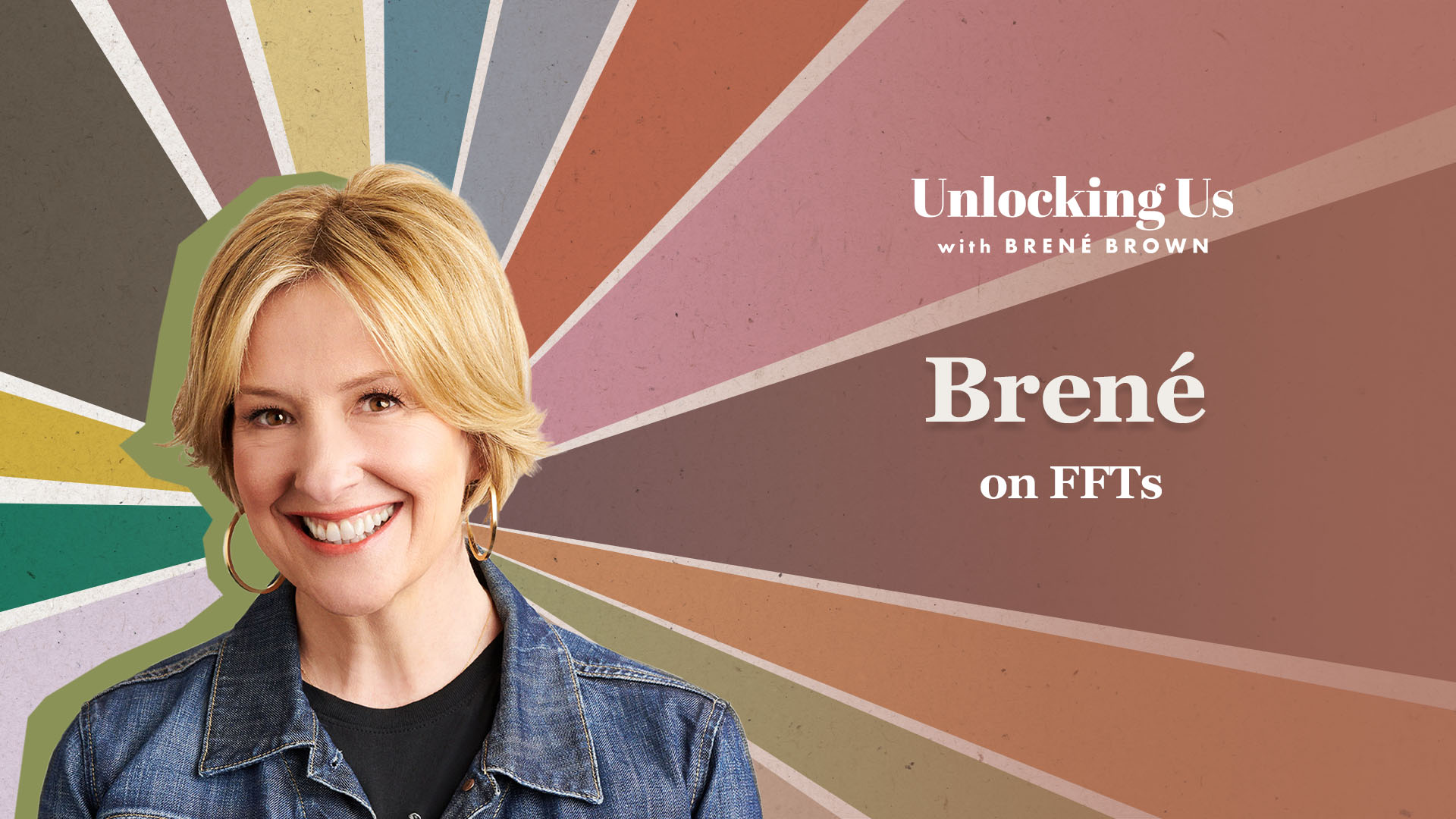
10:04 // "Way to get comfortable with being uncomfortable..."
As Pema Chödrön puts it, in Embracing the Unknown: Life Lessons from the Tibetan Book of the Dead →
What if I use my life
to become comfortable
with insecurity?
with being in an unfamiliar place?
10:44 // "Myelin is an insulating layer..."
Ohhhhhh Myelin. I love this stuff. I heard about myelination from Dr. Kelly Starrett, and he was talking about a book called The Talent Code, by Daniel Coyle. Then we talked about it a lot more at The Flourishing Center.
Here are a couple good videos on the topic:
- Neuroscientifically Challenged: 2-Minute Neuroscience: Myelin
- TED-Ed: How to practice effectively...for just about anything
13:26 // "Taking in the good is a process..."
That's David J. Glover reading the words of Dr. Rick Hanson on the subject of taking in the good. If you've been reading these notes you've seen his name a lot. I'm a big fan! And, for easy reference, I'm curating a list of ways to take in the good right here →
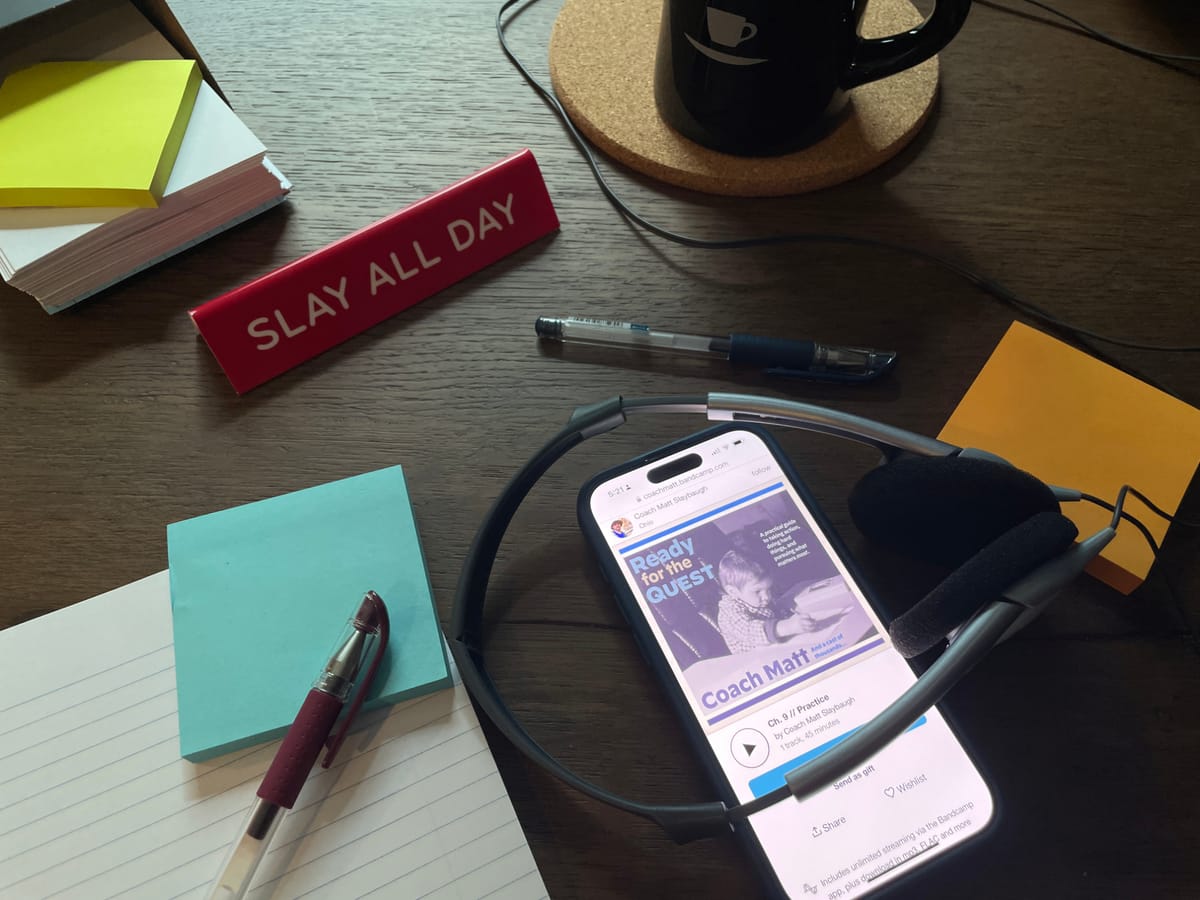
I'll keep adding to this list.
Let's do this. Let's take in the good – right here and now. Play this video and Dr. Hanson will lead us through a one minute exercise so you can see what it's like.
16:55 // Dark Souls
How to explain Dark Souls? Hmmmm...
Now – erase most of the words, so that what remains is more mystery than story. Clues to some events in the distant past.
Now imagine that YOU are the main character.
And every step of the way you face challenges far beyond your ken.
You start with nothing but eventually the fate of this dark world is in your hands.
Here are a couple of great videos, in case that description has intrigued you.
- VaatiVidya: Dark Souls Lore → Explained!
- Game Maker's Toolkit: The World Design of Dark Souls
17:19 // "I have never felt so defeated by anything..."
This is Jordan Fehr (sound design & mastering/O.G. Dark Souls fan) reading from a piece by journalist Keza MacDonald (video games editor at The Guardian) which can be found in a remarkable book, published by Tune & Fairweather, called You Died.
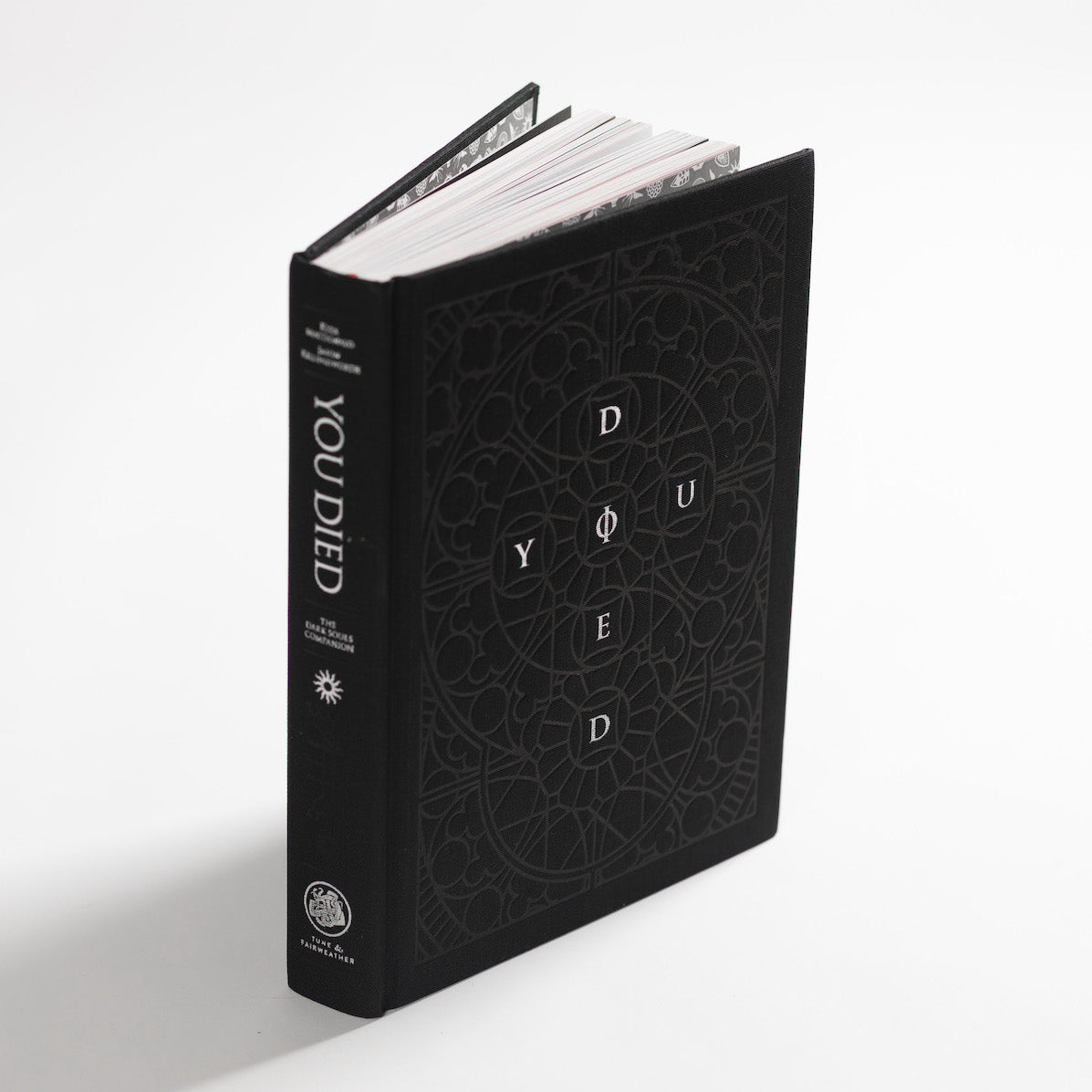
Tune & Fairweather is an Irish publisher of fine books, art prints and other collectible treasures. Their stuff is made with a great deal of love and attention to detail. I love books and so I love them very much.
17:40 // "I've decided to bring in an expert..."
Mac Salvatini and I formed a deep and significant bond over the course of the COVID years. We were already friends, but we connected on a deeper level during a very long conversation about a video game, The Last of Us Part II. We've spent a lot of time since then in deep talks. And in parallel play.
Shadow of the Ninja: Reborn is a remake of a Nintendo game from 1990. It's also very difficult, but in different ways from Dark Souls. It places heavy demands on your manual dexterity and reaction speed. Despite Mac's acuity, we have not yet finished it.
What you're hearing is a mix of scripted lines and actual conversation. Mac and I had a great time recording together and, of course, the best parts came from what Mac had to say in the moment, as we worked through these ideas together.
18:56 // 🎵 music
Oh, this one is pretty fun, but it took a long time and a lot of beating my head against the wall to get there.
I knew I wanted to do something with the iconic music from Firelink Shrine, which was composed by Motoi Sakuraba. The official Dark Souls soundtrack is not on Spotify, but this will give you the idea →
I broke down the chords and played a bunch of things, lots of different sounds, but didn't get any real traction until I tried making a bit of a beat. It was kind of silly, but it did seem to work well as accompaniment for this conversation (which is also kind of silly.)
I ended up with ten little segments which I could mix and match in different ways. The next step start layering the music in with the conversation. So it was something like a dance or a tug-of-war going on between the recorded conversation and the music, as I tried to make them fit together. They had to make space for each other. Sometimes I re-edited the timing of the conversation to better fit the music, sometimes I moved the music around (or used a different segment) to make it fit the talking.
I'm really happy with how this turned out!
20:45 // 🎹 Ding ding dings and things
I have not yet mentioned these cues yet, so now's as good a time as ever.
Throughout the audiobook, I'm sure you've noticed a variety of bells and chimes and other such sounds denoting items on various lists.
I've been using this device for a long time, it frequently showed up in the non-fiction/essay theatre shows we made with Available Light Theatre. The idea could probably be traced back to David Ives' short play "Sure Thing."
(I just found this short, filmed version and it's pretty darned good.)
This particular set of chimes – which you're hearing while Mac and I talk about video games and which appear in a number of place throughout Ready for the Quest – are derived from the sound design of The Legend of Zelda: Breath of the Wild. There's always a delightful sound when you discover or acquire something useful in the world, whether it's a lowly rupee or an exceedingly rare heart container.
